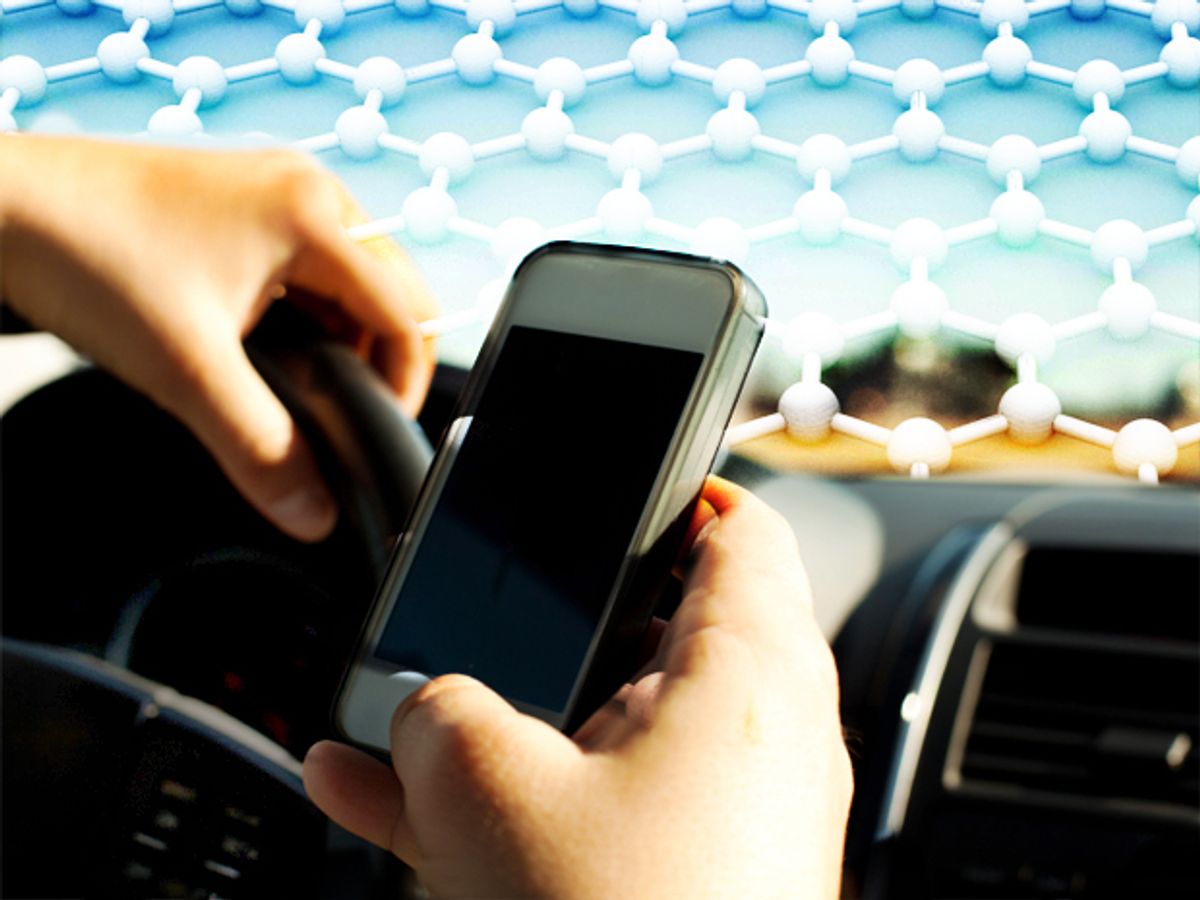What people who are increasingly demanding graphene commercialization avenues often miss is that a good portion of the research into the “wonder material” remains just figuring out what it can do.
In the continuing research to characterize graphene’s properties, researchers at Queen Mary University of London and the Cambridge Graphene Centre investigated its ability to absorb electromagnetic radiation from across the radio frequency spectrum. Before this research, these specific properties of graphene had never been examined.
The research, which was published in the journal Scientific Reports ("Experimental demonstration of a transparent graphene millimetre wave absorber with 28% fractional bandwidth at 140 GHz"), demonstrated that graphene is capable of absorbing 90 percent of electromagnetic energy across a high bandwidth.
The UK researchers built their graphene-based broadband absorbers from several layers of graphene sheets on a quartz substrate that is backed by a grounding plate. The graphene films are first grown on silicon wafers through chemical vapor deposition. A repeated etch-and-transfer process further fabricates the graphene films to eliminate the polymer residue.
“The transparent material could be added as a coating to car windows or buildings to stop radio waves from travelling through the structure,” said Yang Hao, co-author of the study and Professor of Antennas and Electromagnetics at Queen Mary’s School of Electronic Engineering and Computer Science, in a press release. “This, in turn, could be used to improve secure wireless network environments, for example.”
Of course, this begs the question that if the graphene film blocks radio waves from coming into the car, how do the radio waves from the mobile phone connect to outside antennas?
Hao explained to me in an e-mail that the application scenario described in the press release would require that the mobile signals be communicated via an in-car radio system and bluetooth wireless links to the outside world.
When asked whether the radio waves that are blocked from the inside of the car would be able to affect the external antenna, Hao said that for the in-car radio system, the antenna can be placed on the roof which is usually used for satellite navigation and mobile communications. He added: "I don't feel that for this case, the outside antenna performance would be comprised.”
Illustration: Randi Klett; Images: iStockphoto; Wikipedia
Dexter Johnson is a contributing editor at IEEE Spectrum, with a focus on nanotechnology.



